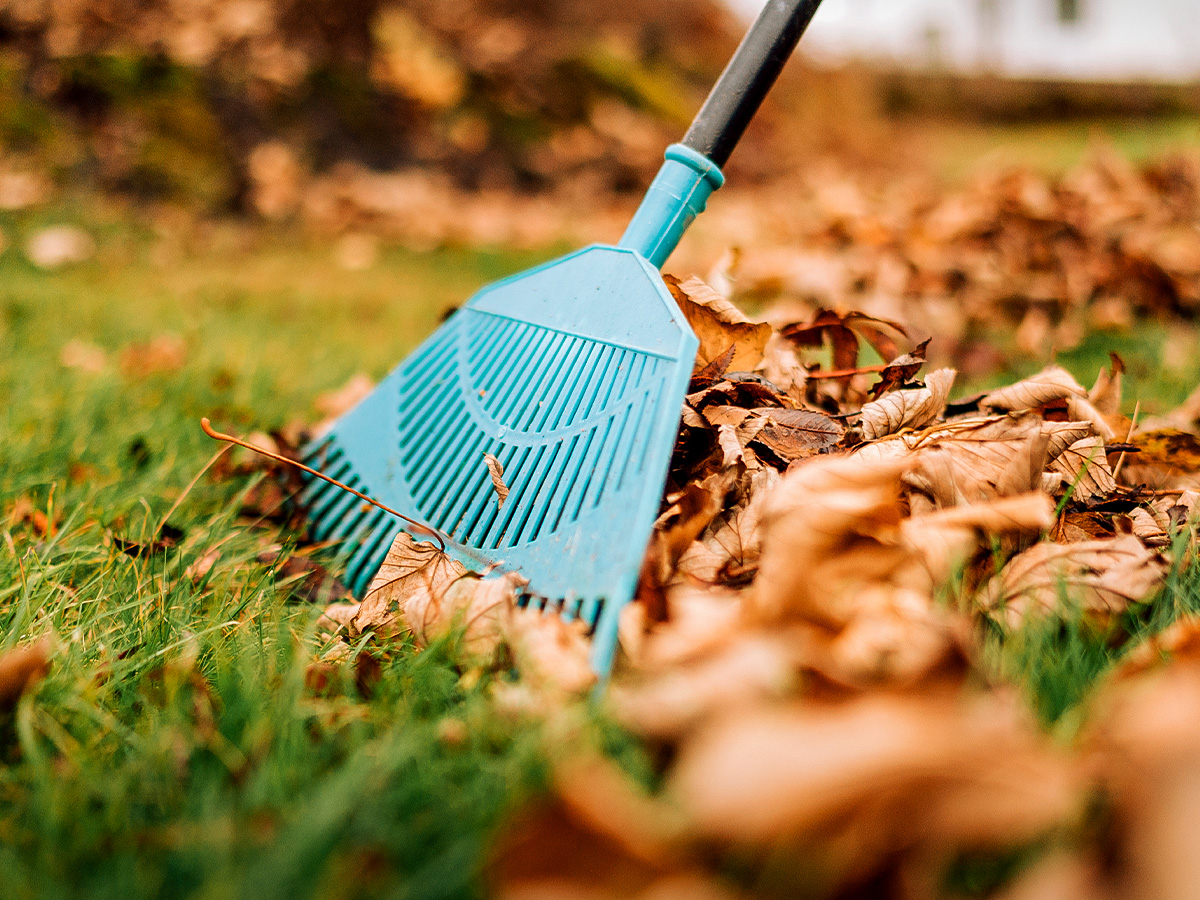
When your yard and garden are done for the year and all the flowers are fading fast, there are several things you can do around your property to prepare for winter. Plus, these tips can help you plan for more blooms and bounty next spring.
Prepping Garden Soil
Start by cleaning everything out of the garden. Remove weeds and plants that could go to seed. These include lettuce, leeks, cabbage, onions, and others. Then, get the soil ready for the next growing season by tilling or trying the no-till method.
What is a No-Till Garden? Basically, it’s the process of covering your garden in order to add nutrients and improve soil quality over the winter without turning the soil. Instead, you layer organic materials on top of the area you want to plant in the spring. Check out our article Trying a No-Till Garden for more.
Coastal tip: Have your garden soil tested and add any nutrients that are needed.
Prepping Flowerbeds
For springtime blooms, rake away old leaves, vines, and plant material from flowerbeds. This will help reduce plant diseases and minimize insects.
Coastal tip: Now is the right time to plant bulbs.
Adding Mulch to Flowerbeds
Winter is the perfect time to add mulch to your flowerbeds. Adding wood mulch around shrubs now can help add nitrogen to your soil, improving growth.
Remove Moss
Even if you don’t live in a rainy valley, moss can grow and cause issues on homes, out building, and livestock areas. Physically removing moss works great on asphalt and other walking areas. For the roof, try diluted bleach or other moss killing agents. Just be aware that these can damage plants and shrubs.
Prune Your Fruit Trees
Doing it this time of year helps ensure a tree’s health and can improve bounty next year. Start by removing the dead, diseased, and damaged branches. You’ll also want to trim out any vertical branches. If you’re not sure how to properly prune a tree, check out our video.
Prune the Raspberries (and other fruit)
This is a good time to trim back one of the most weed-like crops in any garden – the raspberries. The goal is to un-crowd them to ensure they don’t compete with themselves for sunlight. Check out our article on Pruning your Raspberries.
Remove Weeds
Even in colder climates, weeds can take root in the winter. As things warm up, they’ll begin to pop up all over your yard, along fence lines, around trees, and in fields. The next time you have several days of dry weather, get out there and spray those weed starts with the right herbicide available at Coastal.
Mend Fences and Clean Fields
Your chore list should include fence repair and debris cleanup. You’ll thank yourself in the spring when you don’t need to stop mowing to move a branch or take hours to fix a bit of fence and replace several posts.
Give Your Lawn Some Love
Keep your lawn trimmed (if you’re in a climate where it grows all year long). Once tree leaves start to fall, rake them up. If you leave them on your lawn, they can keep sunlight out and cause thinning and dead spots. This can be a good time to add a turf builder and winter lawn food fertilizer to your whole lawn.
Get Everything for Your Garden at Coastal
You’ll find everything the country needs, including seeds, soil, starts, fertilizers and more at your Northwest owned and operated Coastal. The folks in our gardening department can give you advice for your area, as well. Have a specific question that you'd like an answered to right now? Try the OSU Cooperative Extension’s Ask an Expert site, email mastergardener@spokanecounty.org, or review these year-round gardening tips from Washington State University.
